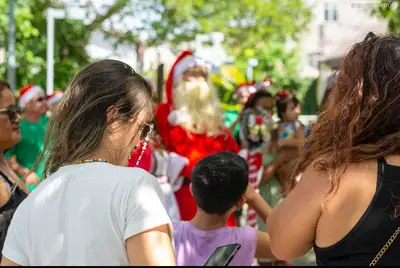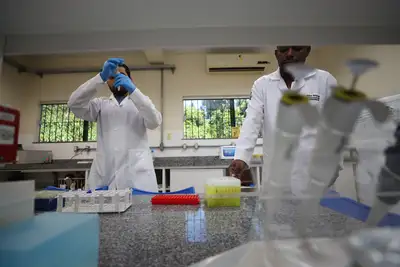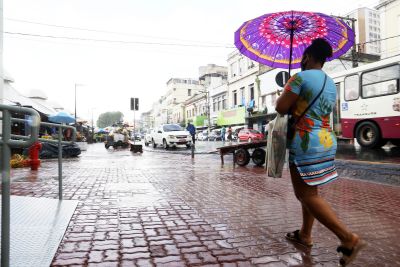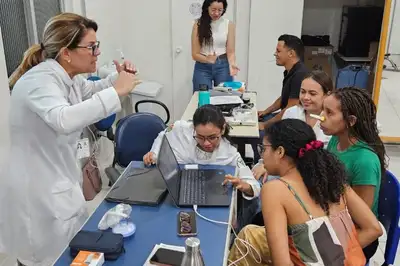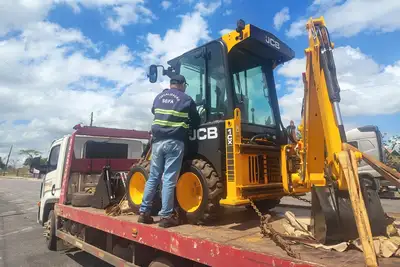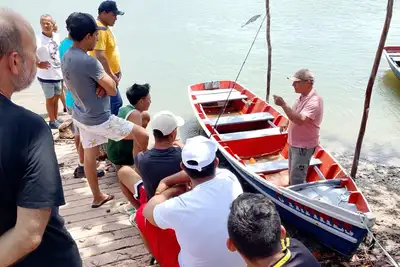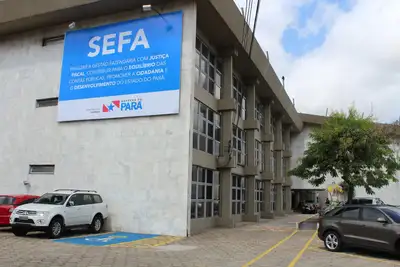Pará accelerates bioeconomy and presents strategies for the Amazon region
The state stands out as the spokesperson for a green economy model, with cutting-edge management in care and actions on the subject
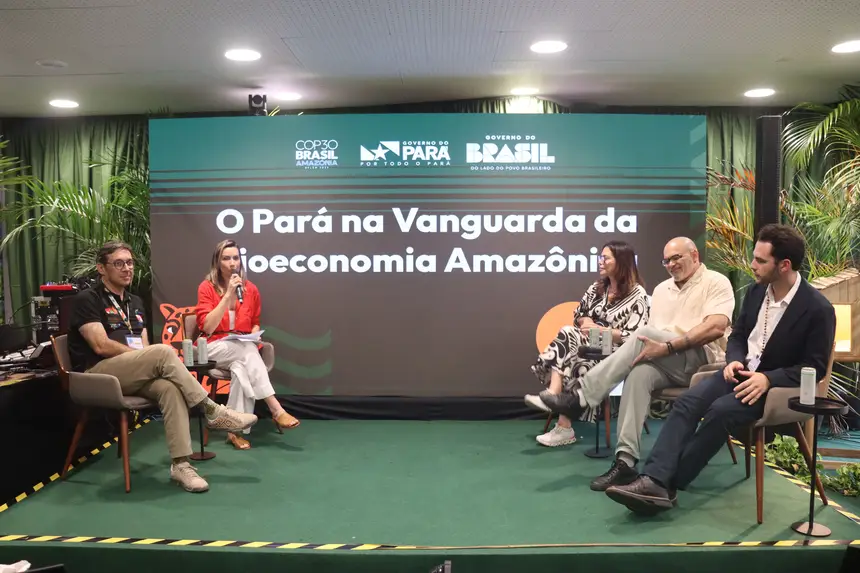
The Government of Pará reinforced, on Tuesday (18), its position as a protagonist in the development of bioeconomy during the panel "Pará at the Forefront of Amazonian Bioeconomy", held at the Pará Pavilion, in the Green Zone of COP30. The Deputy Secretary of Bioeconomy of Semas, Camille Bemerguy, represented the State and presented the trajectory, the construction process, and the results achieved in recent years to consolidate a new development model based on the forest.
Alongside representatives from Uepa, Fapespa, and the team of the special envoy of COP30 for Bioeconomy, Camille led reflections on public policies, structural challenges, and institutional articulations that paved the way for Pará to assume leadership positions in the national and international scenario.
Trajectory of Pará's bioeconomy
The advancement of bioeconomy in Pará results from a long-term construction, anchored in planning, collaboration, and structural changes. The State arrives at COP, after almost four years of discussions, implementing more actions within PlanBio, delivering devices such as the Bioeconomy Park and continuously monitoring bioeconomic policies.
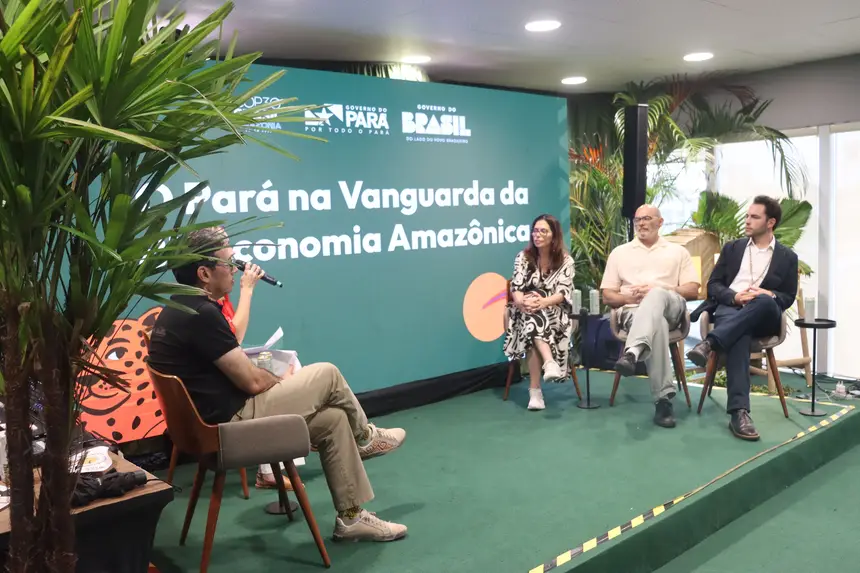
“I think the State arrives in 2025, after almost four years of discussion, implementation, and monitoring, to draw lessons learned with very important key elements. When discussions gained strength in Pará, the global debate on bioeconomy was still centered on circular economy and energy transition, without placing the forest as a protagonist. We start the discussion on bioeconomy when the world's bioeconomy had already made some progress, but always from a much more circular economy perspective, without the forest as an actor that had its strength and attentive gaze as an economic development process,” said Camille.
From carbon neutrality to structuring policies
She highlighted that the turning point occurred when the State established its plan to be carbon neutral — initially in 2036, later brought forward to 2030. The definition of this goal prompted a strategic review that led to the creation of a low-carbon socioeconomic development axis.
Camille explained how the Government acted in this process of understanding the local and regional specificities that had to be taken into account in the implementation of this plan. “The State establishes a whole strategy of command and control, environmental and land regularization, but mainly defining an axis of action.”
“How do I build an economic model, a new paradigm that is sustainable, that leaves no one behind, that looks at the forest and its potential for growth and prosperity? Well, from this diagnosis, it was defined that bioeconomy would be one of the pillars to support this transition — not the only one, but a strategic axis capable of generating opportunities and new productive models.”
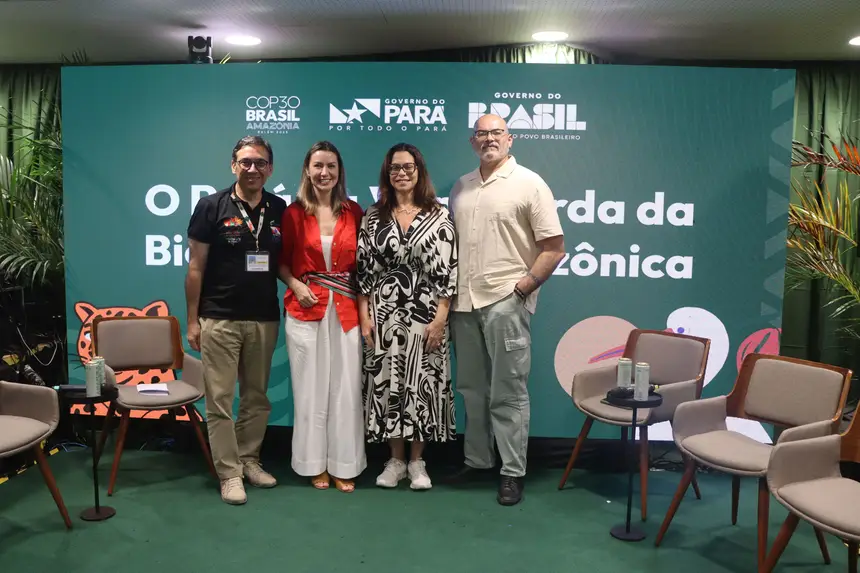
Challenges that shaped public policies
During the panel, when prompted to reflect on how Pará reached the forefront of Amazonian bioeconomy, Camille emphasized the importance of understanding the barriers that policies need to face — especially regarding market viability and the scale of bioeconomic businesses.
“Speaking of bioeconomy, there are many challenges, for which public policy is needed so that we can move towards bioeconomic development. Including, the scale of bioeconomy. Whenever we talk about bioeconomy, the question arises: how do we make this viable in the market, since to make businesses viable, we need scale?”
She also recalled that reaching consensus was a complex process, especially in the debate about the very concept of bioeconomy. “It was not an easy discussion process, because if there had not been collaboration among different actors, we could spend almost a lifetime discussing what the concept of bioeconomy is. What we had very clear is that this bioeconomy had to be based on nature-based solutions,” she concluded.
Integration between government, academia, and market
Camille also reinforced that the articulation between institutions was fundamental to transform guidelines into concrete structures, now nationally recognized as references. The debates brought the integrated vision between government, academia, and market, highlighting the lessons learned in the process. “There were articulations to turn into reality what we have today in terms of public policies… an innovation ecosystem that already responds to the needs of bioeconomy. It is not right that so many projects, studies, and sciences developed here are archived, left on the shelves of the academic world. We need this knowledge applied in the development plan.”
Pará advances consistently because it has collaboratively built a model that recognizes the forest and the Amazonian populations as protagonists of a new economic cycle. The panel demonstrated that the State not only set ambitious goals but created real conditions to achieve them — consolidating bioeconomy as a strategic path for the sustainable development of the Amazon.
Text by Lucas Maciel / Ascom Semas


